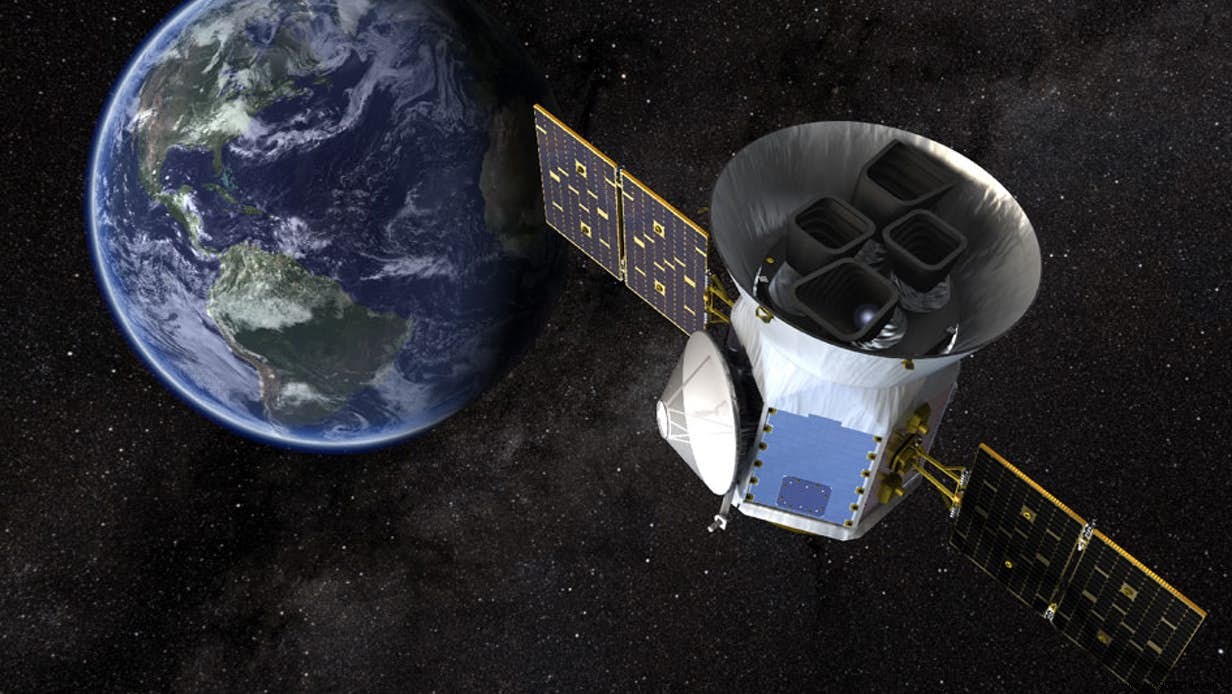Two high school students from Massachusetts recently led to the discovery of four new planets. Their work was published on January 25 in The Astronomical Journal .
It's a discovery they'll probably remember for the rest of their lives. Kartik Pinglé (16) and Jasmine Wright (18), joined the Student Research Mentoring Program (SRMP) of the Harvard-Smithsonian Center for Astrophysics (CfA) and the Massachusetts Institute of Technology (MIT) a few months ago. Concretely, it is a program allowing students to do active and cutting-edge research in astrophysics, all in collaboration with scientists for one-year projects.
As part of their project, the two high school students worked with Tansu Daylan, a researcher at the Kavli Institute at MIT.
Relying on NASA's TESS satellite, the young researchers scrutinized possible (tiny but revealing) dips in the brightness of stars, betraying the passage of a or more planets in front of their host, from the point of view of the satellite. Together they confirmed four such dips in brightness around the sun-like star HD 108236 , found about 200 light-years away of the Earth.
Follow-up studies subsequently confirmed the presence of four planets . Three of these worlds are gaseous planets slightly smaller than Neptune. The fourth is a super-Earth, a rocky planet somewhat larger than our own, the researchers said.
Finally, we know that all these planets evolve very close to their star. Their orbital periods range from just under four Earth days to just 19.5 Earth days . In comparison, note that the innermost planet of our solar system, Mercury, orbits the sun once every 88 days.

According to Tansu Daylan, these four new worlds are intriguing and deserve further study. " Just like in our solar system, these planets originated from the same disk of matter around the same star, but they ended up being different planets with different atmospheres and climates due to their different orbits " , he explains. "We would like to understand the fundamental processes of formation and evolution of planets using this planetary system ” .
For their part, Kartik Pinglé and Jasmine Wright both plan to embark on a scientific career. The first plans to study applied mathematics or astrophysics after graduation, while the second has just been accepted into a five-year master's program in astrophysics at the University of Edinburgh (Scotland) .